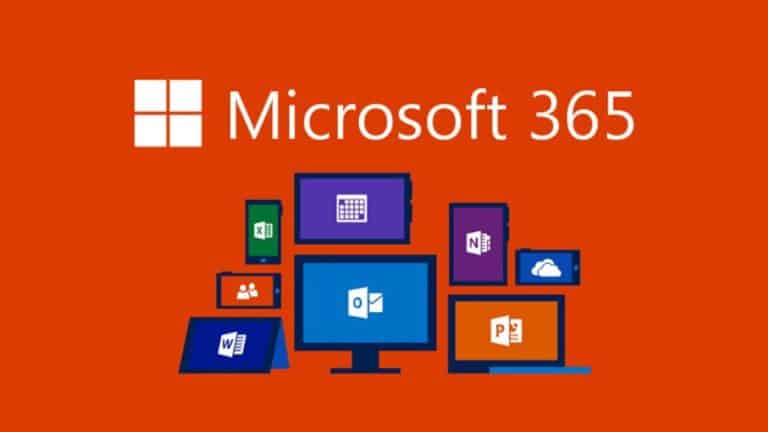Microsoft adds its Fluid Framework platform for document collaboration to it’s online Microsoft 365 apps, such as Outlook and Office.com. In addition, the platform is becoming open-source, which should provide many possibilities for developers.
The tech giant has developed the Fluid Framework platform to enable employees to collaborate in real-time in documents while avoiding any form of delay. By adding this technology to Office products, starting with the online versions, the workflows are also adapted to more real-time collaboration.
Integration into online versions of Microsoft 365
In the web version of Outlook, users can work with tables, graphs and task lists in the shape of so-called Fluid Components. These Fluid Components are continuously updated during the editing or writing process.
In Office.com, Fluid Framework work environments are introduced for the joint creation of documents. These work environments support, for example, @mentions and activity feeds for each individual document. Integrations into other Microsoft 365 services, such as Teams, are on the company’s roadmap.
Open-source for new collaborative experiences
In addition to online Microsoft 365 services integration, the tech giant open-sources Fluid Framework through GitHub. Microsoft aims to create a thriving community of developers this way. Developers can now integrate the basic infrastructure of the Fluid Framework into their own applications.
With JavaScripts, developers can even use the Fluid Framework platform to build new collaborative experiences. These include intelligent agents who work side-by-side with users as they compose their documents.
